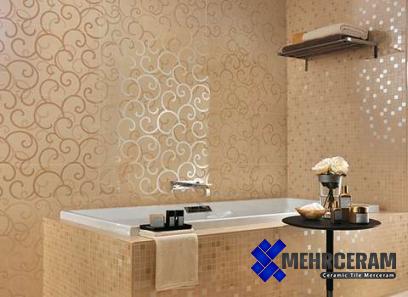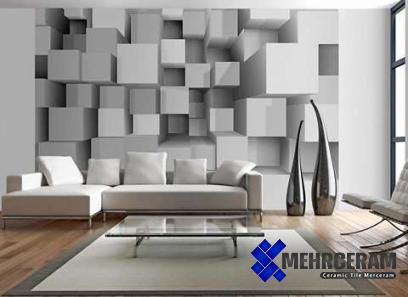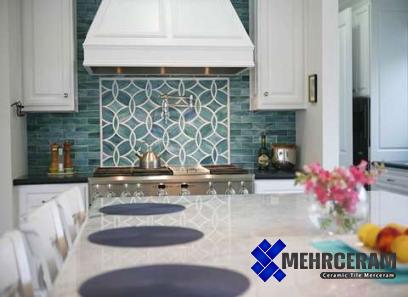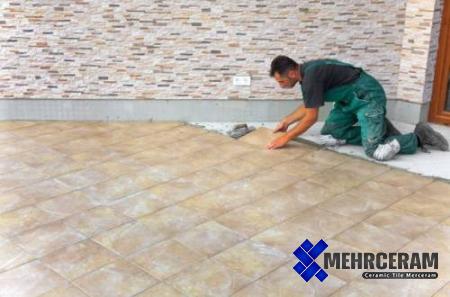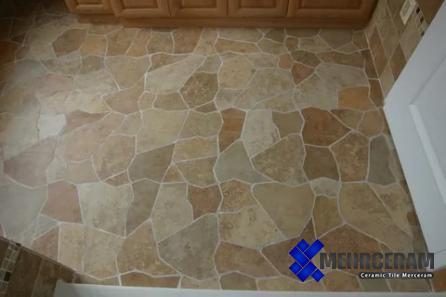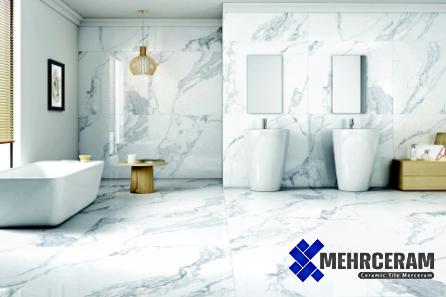Stone Slab Tiles Suzuki Limited + Best Buy Price
Since 1998, Suzuki Stones has built a strong reputation for being a reliable producer and manufacturer of Kota stone slab flooring tiles
Suzuki Company is not limited to providing the most affordable rates for their Kota stone flooring in all of India’s diverse locations
They are in perfect command of both the quality and quantity of their goods because of the fact that they run one of the largest Kota stone mines in the world
As a direct consequence of this, they are in a position to ship items that are of the greatest possible quality in the shortest possible length of time
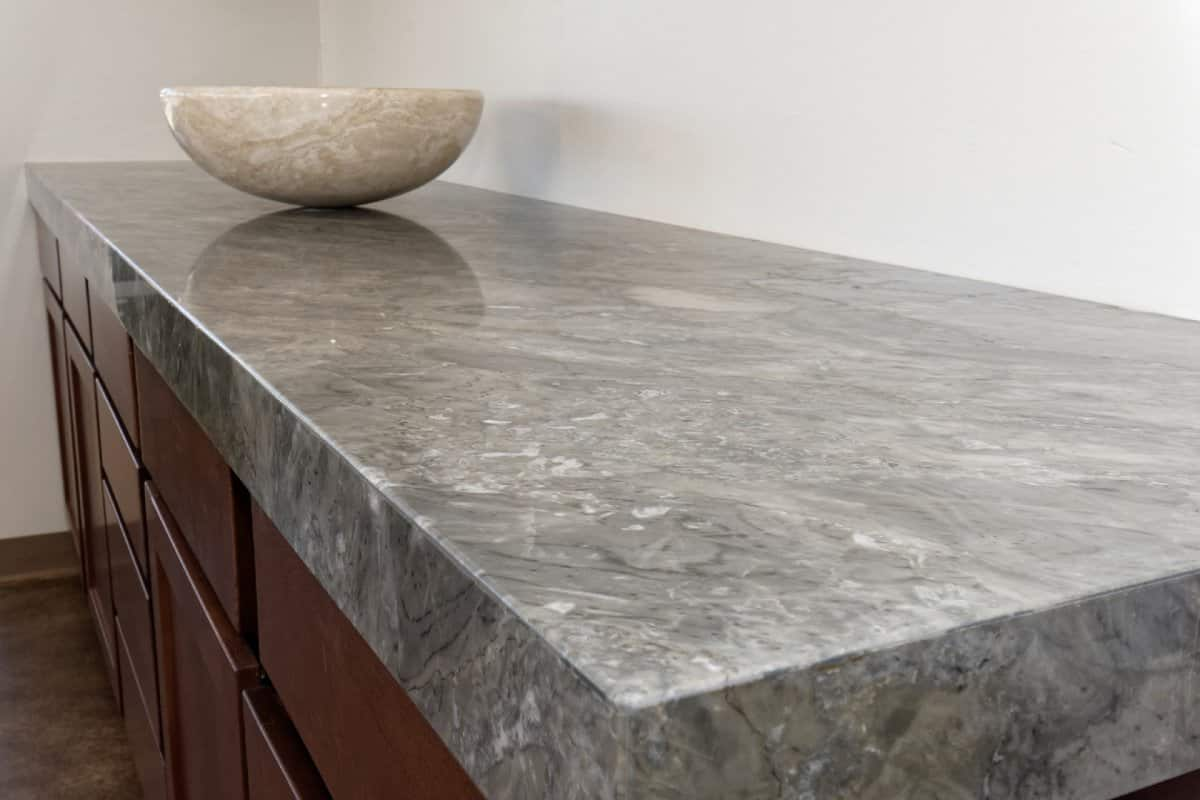
Since the year 1998, Suzuki Stone Slab & Tiles has been an integral element of the Kota Stone, Mandana Stone, and Black Basalt Stone manufacturing and production processes
For the last 22 years, they have been in the business of supplying various areas in India and other countries with the most fashionable black basalt stone, as well as Kota stone flooring and wall cladding, at prices that are among the most affordable in the industry
Because of the highly skilled staff that they engaged and the capacity that they’d have to provide, they were in a position to take on vast and challenging projects and contracts
They are the industry leaders in addition to being a prolific innovator, and they are responsible for a significant number of innovations that have contributed to the growth of the Kota Stone industry
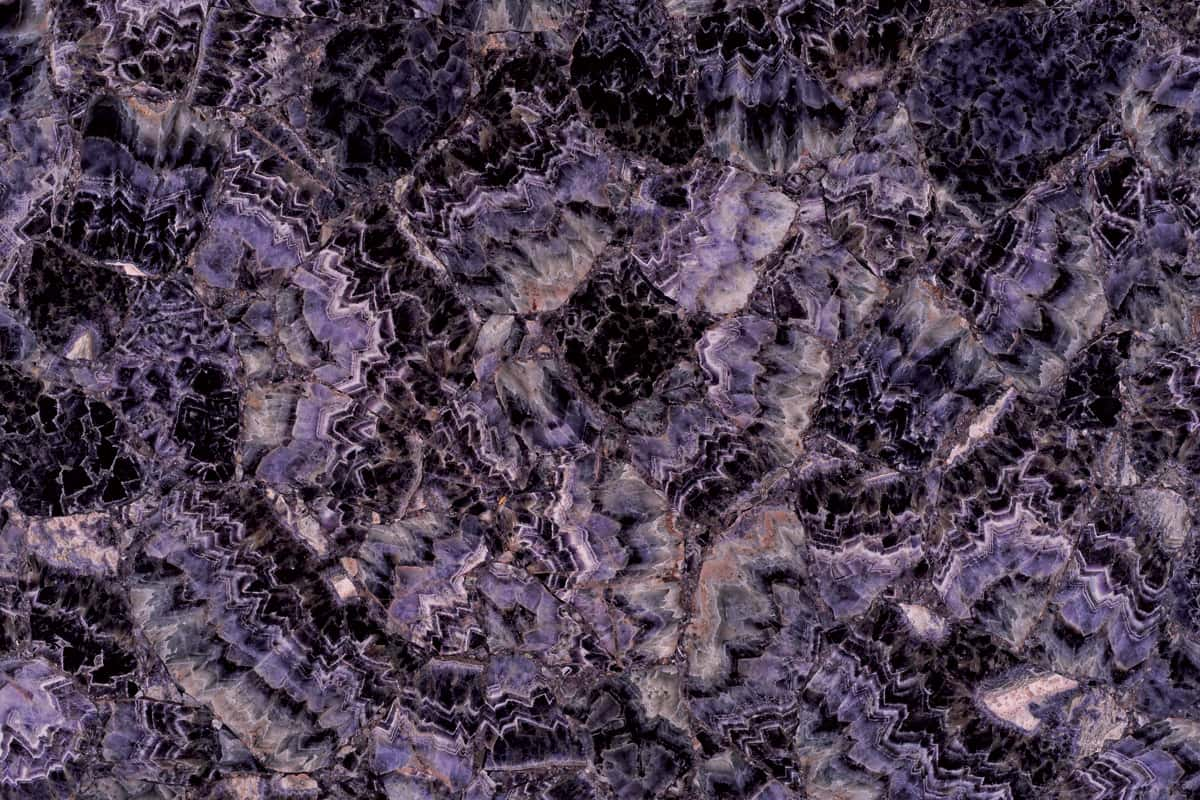
Stone Slab Tiles
Natural stone slab tiles are among the most prestigious materials used in construction and interior design
Marble, limestone, quartzite, travertine, and basalt are among our most popular materials
In addition, we carry a curated selection of granite, onyx, slate, and other natural stones
We have a large stock of our most popular products in addition to hundreds of others that are in limited supply or available only by special order
Stone flooring slabs are durable, resilient, abrasion resistant, inexpensive, simple to install, and simple to repair
This flooring is available in two variations: Unpolished stone flooring slabs This type of flooring utilizes stone slabs with a thickness of 20 to 40 millimeters
Unpolished stone slabs consist of laminated stones like cuddapah and Shahbad
They are offered in a range of cut sizes from 30 x 30 cm to 60 x 150 cm
-Flooring composed of polished stone tiles
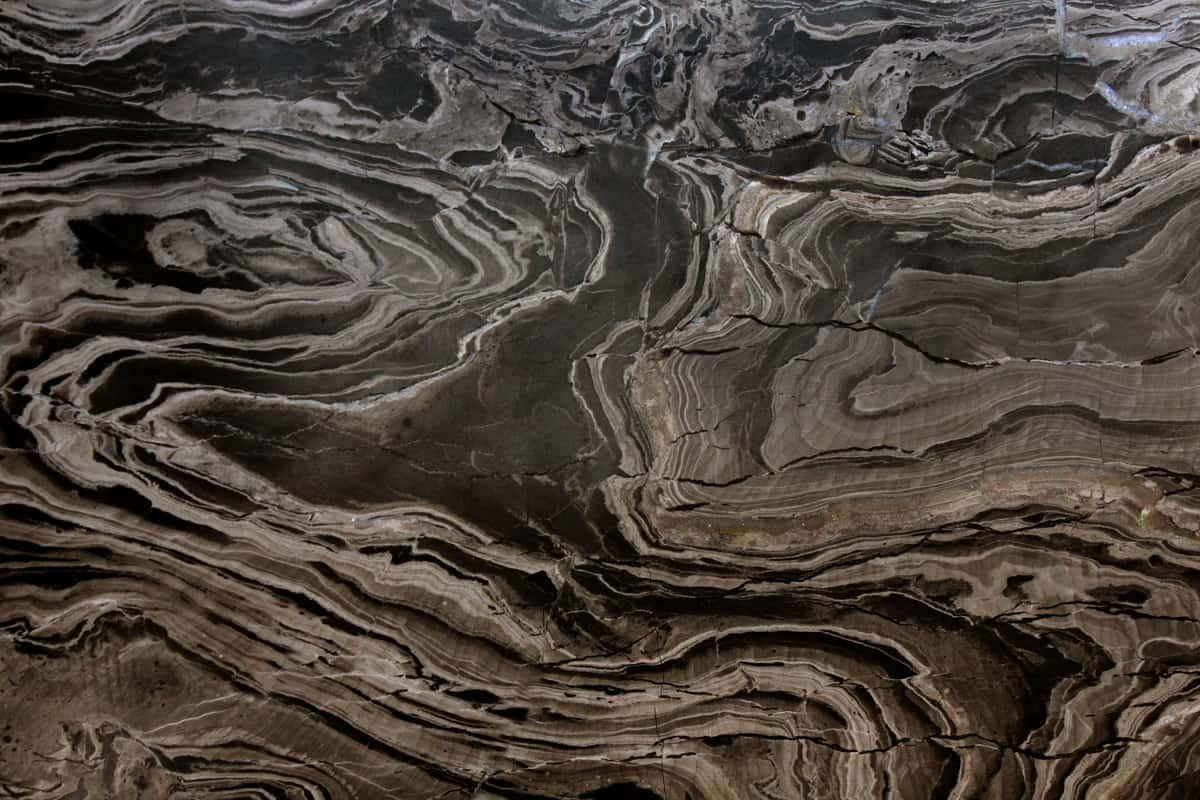
The polished stone slab flooring applied in a range of structures is of superior quality
They have a gorgeous appearance and are easy to care for, but they are costly
This flooring is composed of polished granite and marble slabs
Marble slabs are pricier
The slabs are generally available in dimensions ranging from 15 by 30 centimeters to 60 by 120 centimeters
Construction Procedure The cement concrete sub-basement is installed identically to the previous flooring, and a 20 mm layer of cement mortar is applied on top
On top of this layer, the slab is placed and lightly tapped with a wooden mallet
The slab is then elevated and the top surface of the bedding mortar is allowed to partially harden prior to the application of a 4 kilogram per square meter layer of cement slurry in a color equivalent to the slab
The slabs are then positioned and lightly struck with a wooden mallet to create a smooth surface
The surface should be fixed for seven days and all slabs should be installed in the same manner
Typically, the joints in this type of flooring are as thin as paper
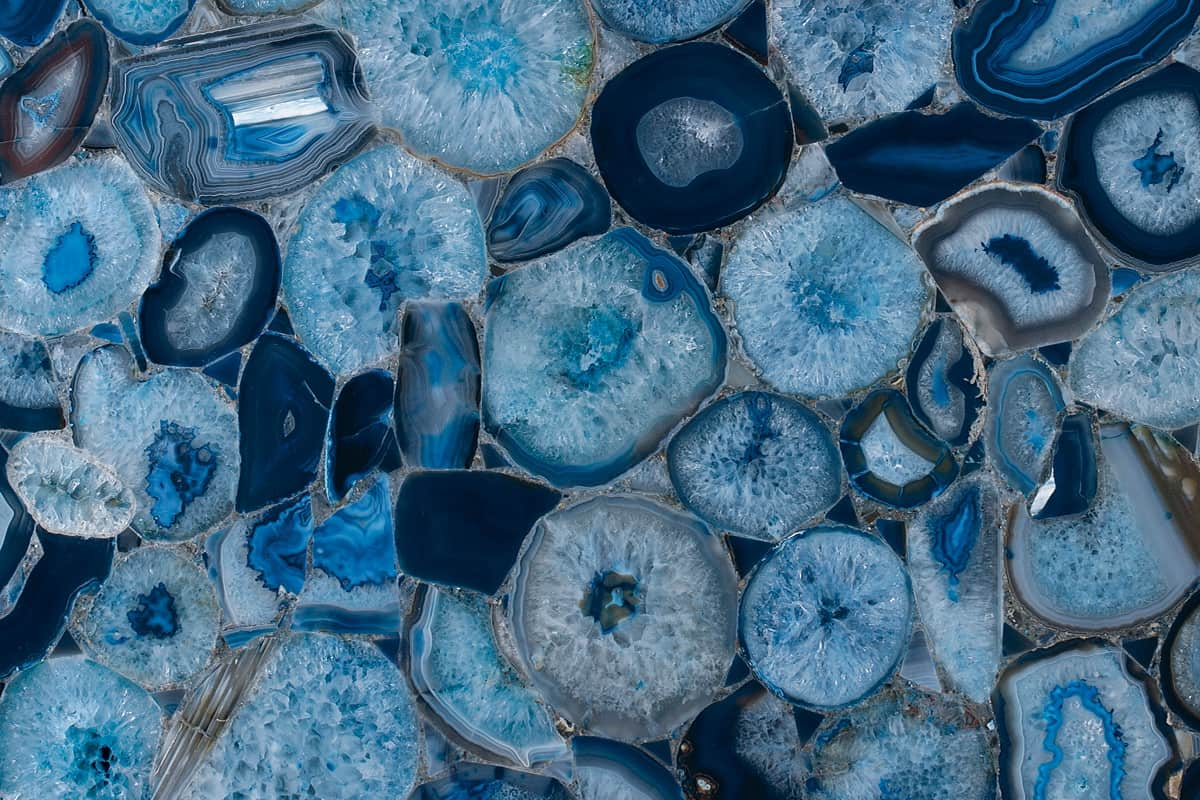
Slab Stone Tiles Design
stone slab tiles are an excellent choice for the floor design of a modern home due to their striking visual appeal and high level of durability
This style’s tiles are unusually tall and slender
They do an outstanding job of replicating the appearance of natural stone
Slab tiles are not only beautiful but also useful, opening up new design options for any house
And, because tiles of this size and pattern have such a small profile while yet creating a substantial aesthetic impression, they are a great choice for both interiors and exteriors of structures
The usage of slab tiles rather than traditional tiles has several advantages, including the following: Fewer grout lines imply fewer possible problems, making cleaning and maintenance easier
They provide the impression that the area is bigger
Because of their low profile, they may be put immediately on top of existing floor tiles
Superior durability and a long life duration allow them to be used on a wide range of surfaces, including interiors, exteriors, floors, walls, and fittings
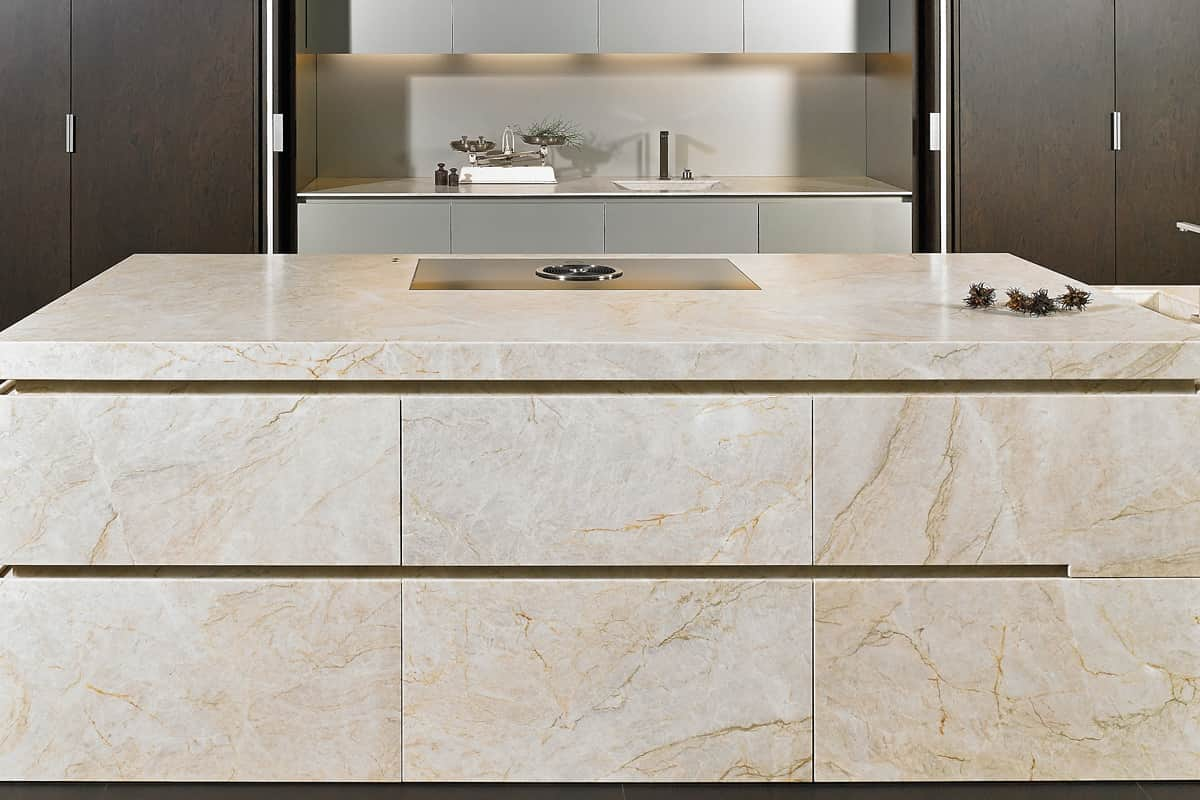
Minimal cutting is required
It generates less trash than standard-sized tiles
The use of modern porcelain slabs rather than the porcelain tiles used in older homes’ kitchens is a wise upgrade
Stone-look Slab tiles and other creative objects can mimic the appearance of natural stone
The kitchen tops, vanity tops, and staircases are all made of the same tile, resulting in a continuous design that encompasses all of the countertop surfaces
This is most likely because porcelain slabs are not only lightweight but also inexpensive and recyclable
Porcelain’s non-porous nature, along with its color stability, resistance to heat and stains, and resilience stains, makes it an ideal material for use in food preparation
Furthermore, these benefits give an extra layer of hygienic protection
Slab tiles are huge and versatile, serving as feature walls, floors, benchtops, facades, and even as a porcelain veneer for furniture
However, it is the adaptability and uniqueness of slab tiles that distinguish them as one of the most attractive forms of flooring

Old Slate Tiles
old Slate tiles are a form of metamorphic rock, and one of their identifying characteristics is their surface, which is frequently uneven, rudely hewed, and has a wild, earthy hue (which can range from shades of khaki or soft blue-grey through to black)
A slate floor that is several decades old may often seem unkempt, chipped, scraped, or cracked
However, you should not give up on it since, if correctly fixed, it will radically transform the inside of your home and add a significant amount of value and income
To ensure the effectiveness of the restoration, expert help will be necessary
A stone flooring expert will be required to fix cracks and fissures, remove decades of dirt and accumulated finishing chemicals, and reseal the tiles
Imagine a thirty-year-old floor that has been refurbished and installed in a Canberra home for the past three decades
After being damaged, tiles have been fixed, cleaned, and resealed
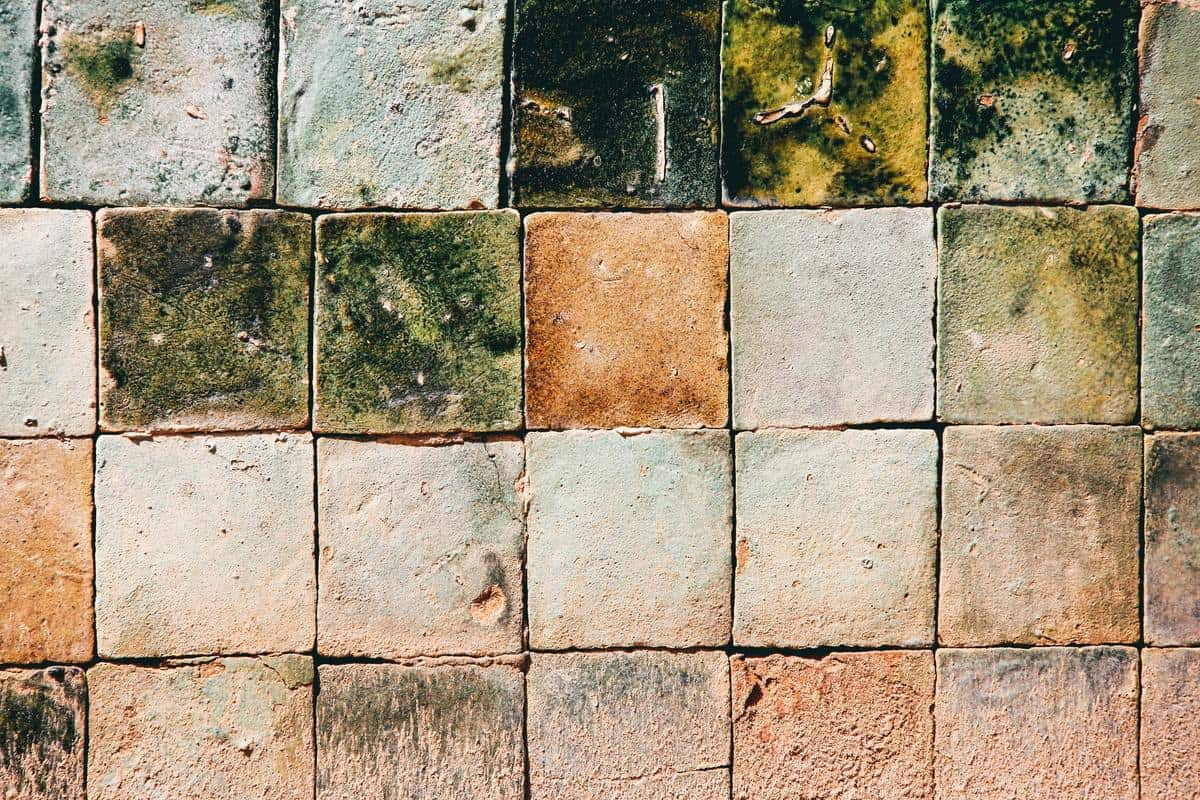
This method restored back to life the slate’s once-beautiful hue, which had faded with age
The finish is brought into the modern period by the use of grout in a new, light color
Even though slate is certainly making a comeback as a stylish material, this surface’s classic appearance has been considerably modernized for the twenty-first century
The most modern slate tile alternatives have been polished to a glossy or matte shine, and fewer grout lines are used in their installation
As a result, they provide an overall more refined appearance
Even while old stone slate is available in hues ranging from khaki to tan, the most popular varieties are now dark grey and black

Slab Travertine Tile
The natural elegance of silver travertine slabs sets them apart from the competition
Travertine is a form of stone that is created and shaped by natural subsurface springs, preceding the formation of marble
This beautiful stone is commonly used for walls and floors, and it can transform the appearance and atmosphere of any home or business
Travertine has long been recognized as one of the most popular types of stone for the construction of enduringly beautiful architectural masterpieces
Many individuals believe that travertine is obsolete and no longer a viable option, but this is not the case
Because of their proven durability and enduring beauty, travertine pavers and tiles are increasingly utilized in contemporary architecture
Due to the adaptability of this natural stone, it can be utilized both inside and outside of any structure
Limestone is the sedimentary rock classification for travertine
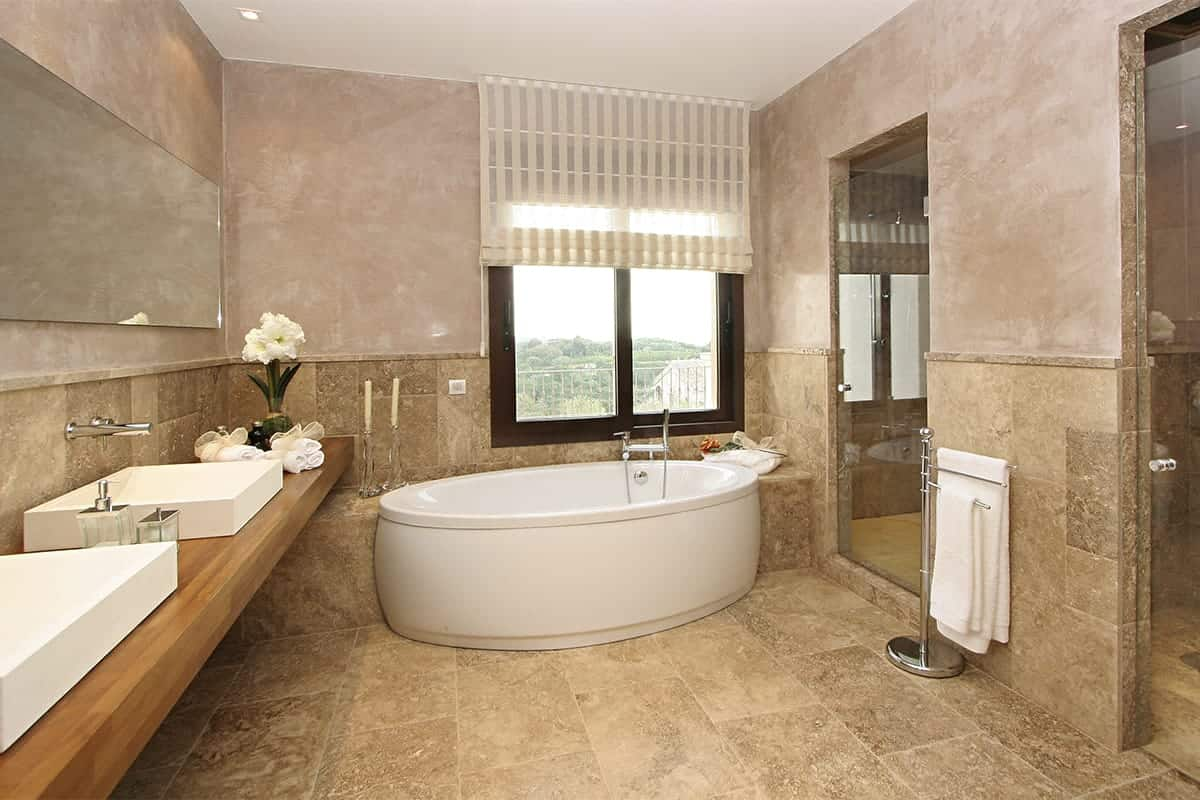
It is one of the most popular construction stones because of its fibrous, marble-like texture and attractive earth-tone hues
Popular among architects, interior designers, and homeowners is travertine
Once, travertine from the Italian Alps was widely used in architecture and art
In tile form, travertine is frequently used as a flooring material and is available in a variety of fashionable colors, including tans, browns, rust, and beige tones
Travertine is very durable and, despite being easier to maintain than other types of natural stone, quite heavy stone
Because the surface is porous, it must be kept sealed
As an alternative to conventional stone materials such as marble and granite, these travertine texture tiles are growing in popularity
Additionally, travertine tiles are available in a range of neutral and vibrant hues that complement the 2021 design
Travertine is a resilient flooring material that can withstand heavy foot traffic
Compared to marble, this substance is incredibly tough
Variations in temperature are not harmful to travertine
The porous nature of travertine necessitates additional consideration
Therefore, it is an excellent option for the exterior of homes or buildings
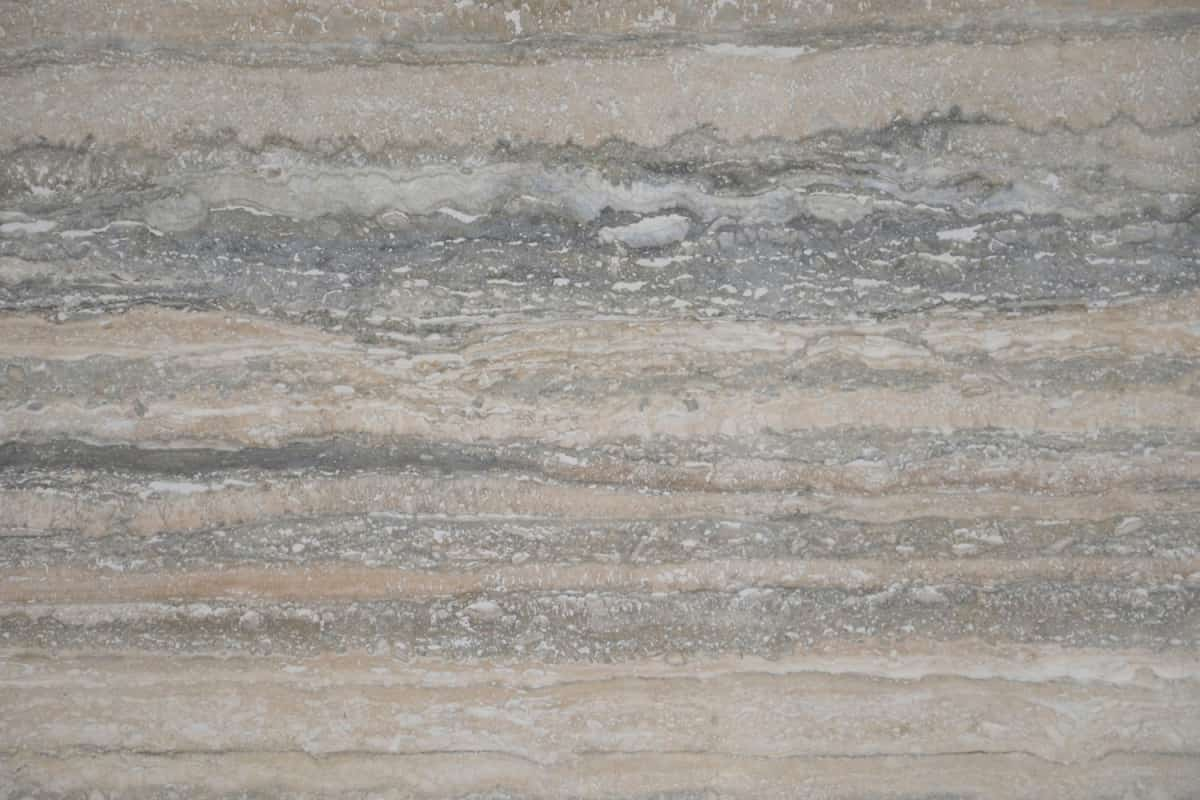
Slab Tiles Ceramics
A slab is the incorporation of ceramics and tiles, however, the size and shape are greater than the tiles, but the quality is identical
The tile is the only variable in terms of size and shape
Typically, slab portions range from 3/4 to 3 inches in thickness
While none is preferable to the other, granite tiles and granite slabs provide various advantages based on how you utilize your home’s surfaces
Granite slabs are cut from a massive oceanic stone in the shape and size necessary for a home’s countertop
Tiles come in a variety of sizes and shapes and resemble a little peach
About 40-50 cm in length, it is the smallest size
The similarity to the flag is flimsy and flimsy
Its thickness is typically less than one centimeter, however it can be more
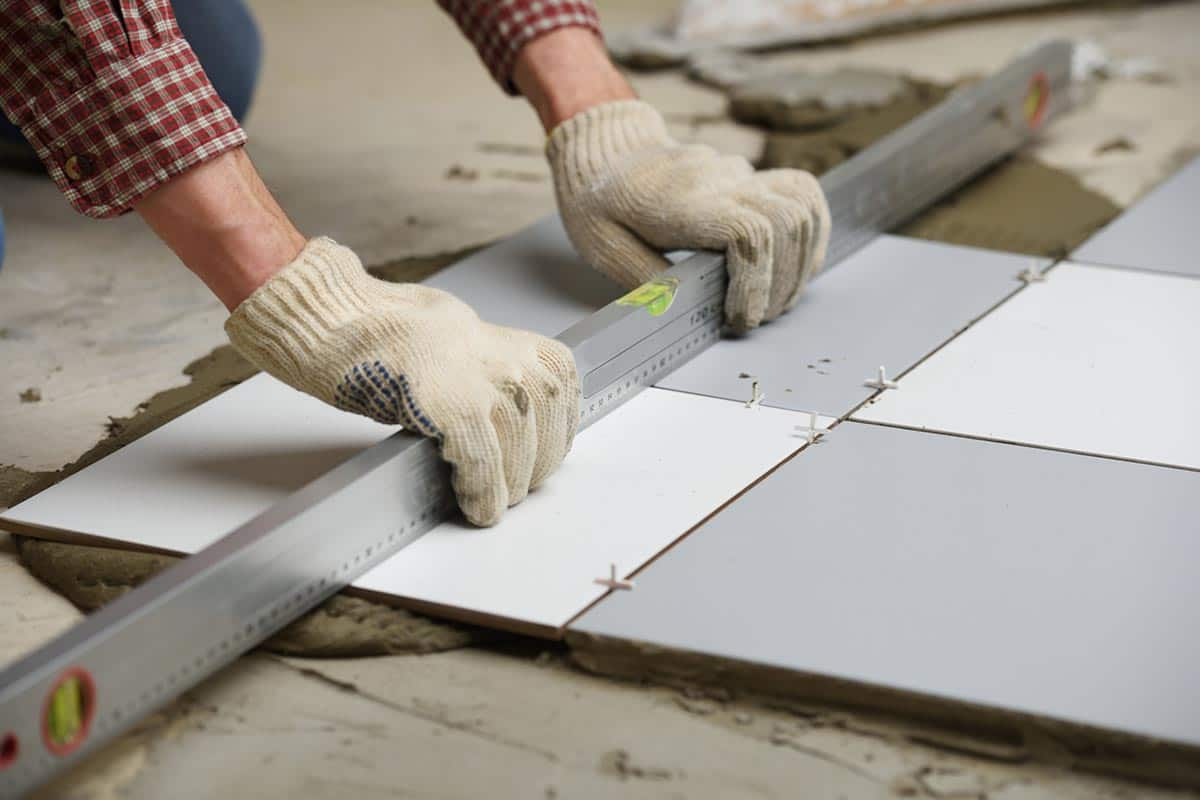
Due to their small size and slab thickness, tiles are simple to install on all floor types and economical
Typically, a tile has the form of a narrow square or rectangle
Tile is an integral component of durable material used to cover ceramic, stone, metal, baked clay, and even glass, which is generally covered by roofs, floors, walls, or other objects such as tablets
Alternately, the term “tile” can refer to the same units formed of lightweight materials such as perlite, wood, and mineral wool that are frequently used in wall and ceiling applications
In other words, a tile is used to construct a construction tile or similar objects, such as rectangular countertops
The name ‘tuile’ is derived from the French word ‘tuile,’ which in turn is derived from the Latin word ‘tuile’, which means extinct clay roof tile
Numerous wall and floor rugs have tiling, which can be intricate or mosaic-like if comprised of complex square tiles
Numerous additional materials, such as glass, cork, concrete, and other composite materials and stones, are also utilized in addition to ceramic tiles for interior applications and roofs
Typical materials for tiling stones include marble, jade, granite, and slate
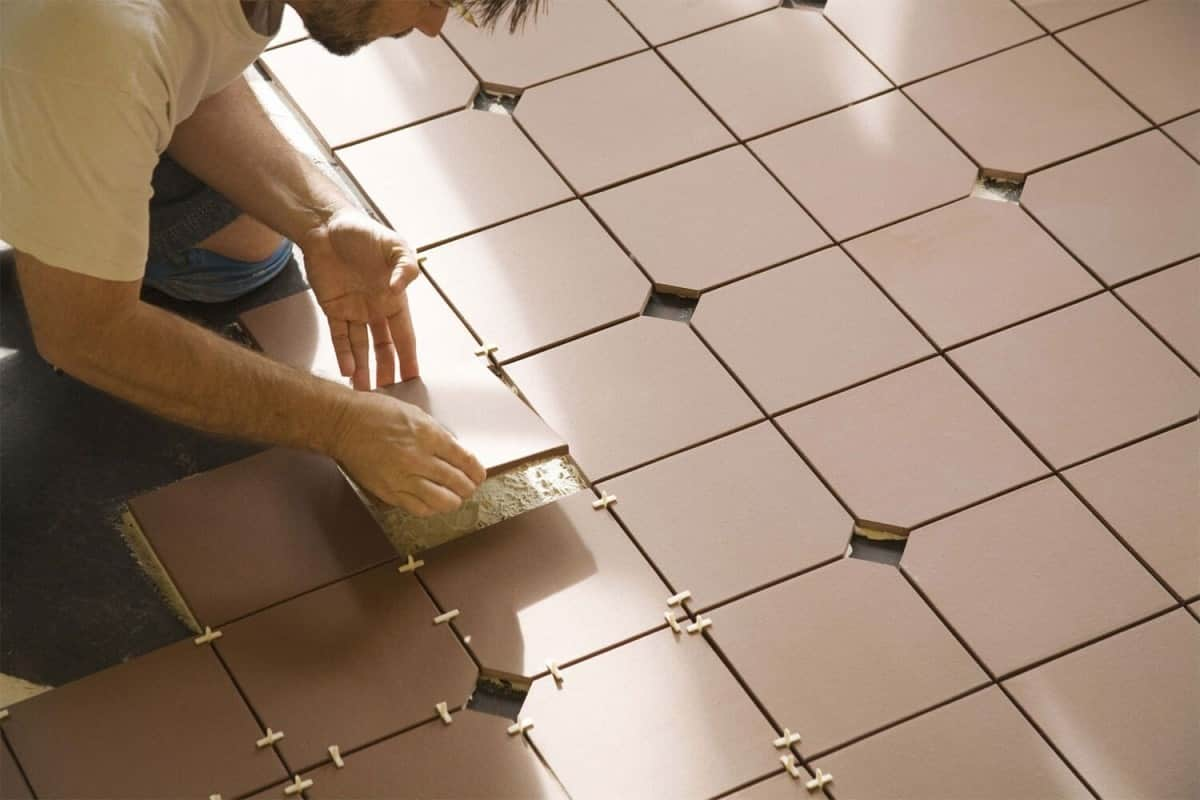
Clay Slab Tiles
First, a body of high-quality clay must be used to create the slab tiles
Typically, this refers to slab tiles that contain a substantial amount of grog
Sculpture- and Raku-specific clays are often the best clays to use for creating slab tiles
Some persons prefer clay bodies that have a range of grog sizes, both large and little
You need a clay body that matures at the same temperature at which you will fire the glaze so that it is durable and water-resistant
This is of the highest significance for exterior or interior bathroom tile placement
If the absorption rate after fire exceeds 3 percent, water will penetrate the tiles and cause them to break
The optimal rate of absorption after firing is below 3 percent
In circumstances when water resistance is not required, under-firing the clay might make achieving the correct amount of flatness easier
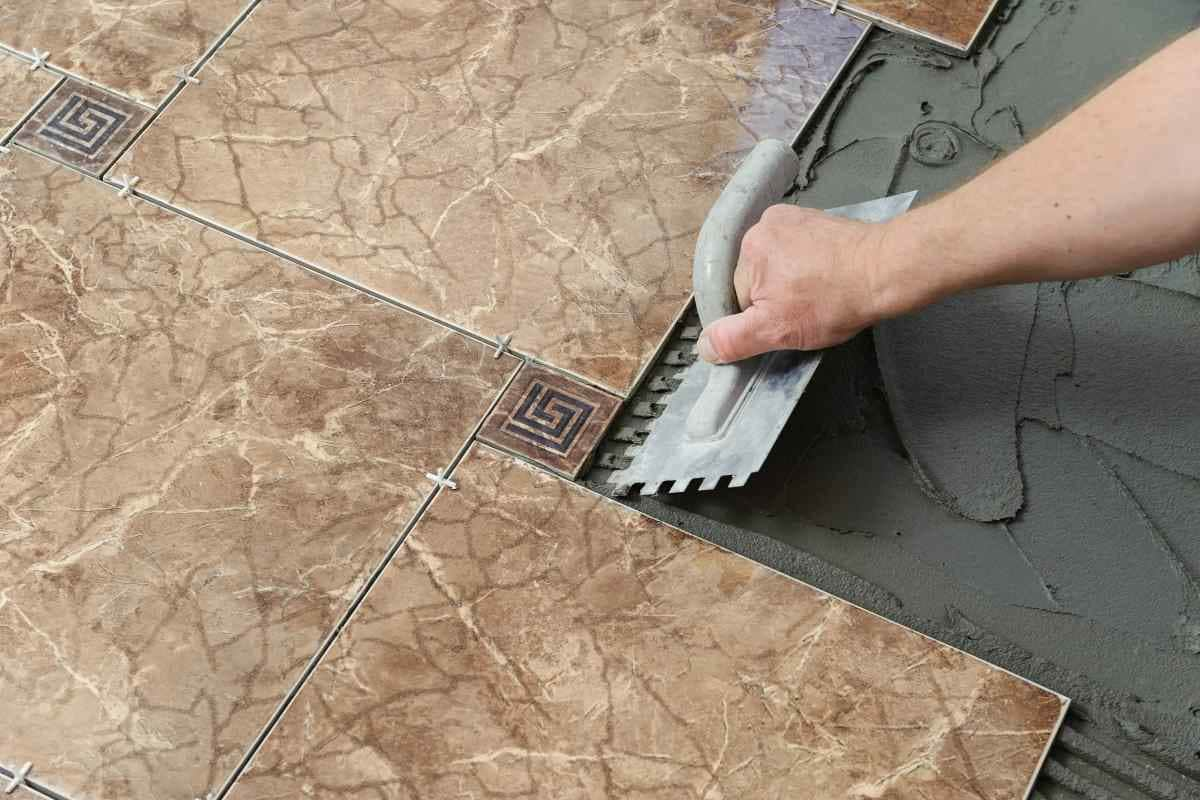
There are situations in which a tile that was bent during the bisque firing will become flat after the glaze fire if the clay is allowed sufficient time to develop
Low-firing-temperature, smooth-textured earthenware clay is often not the greatest option for producing slab tiles
Not only does it not vitrify entirely, but the absence of grog makes things extremely difficult
Earthenware tiles include the Mexican-origin Saltillo slab tiles
Due to their low firing temperature (they are not vitrified) and lack of glaze, they are readily dirty and must be sealed many times each year
It’s possible for us to provide our customers with the best quality products
Visit our website to choose the best designs for your home


